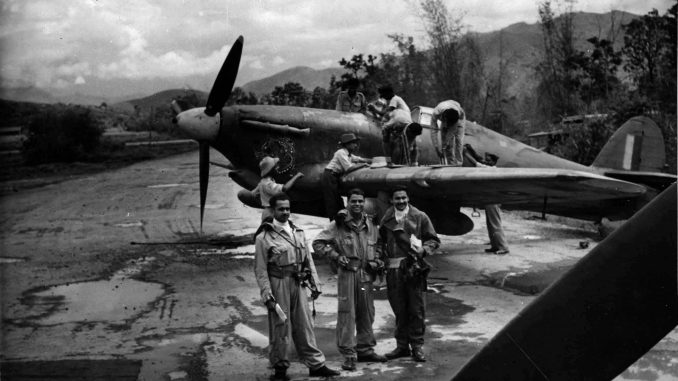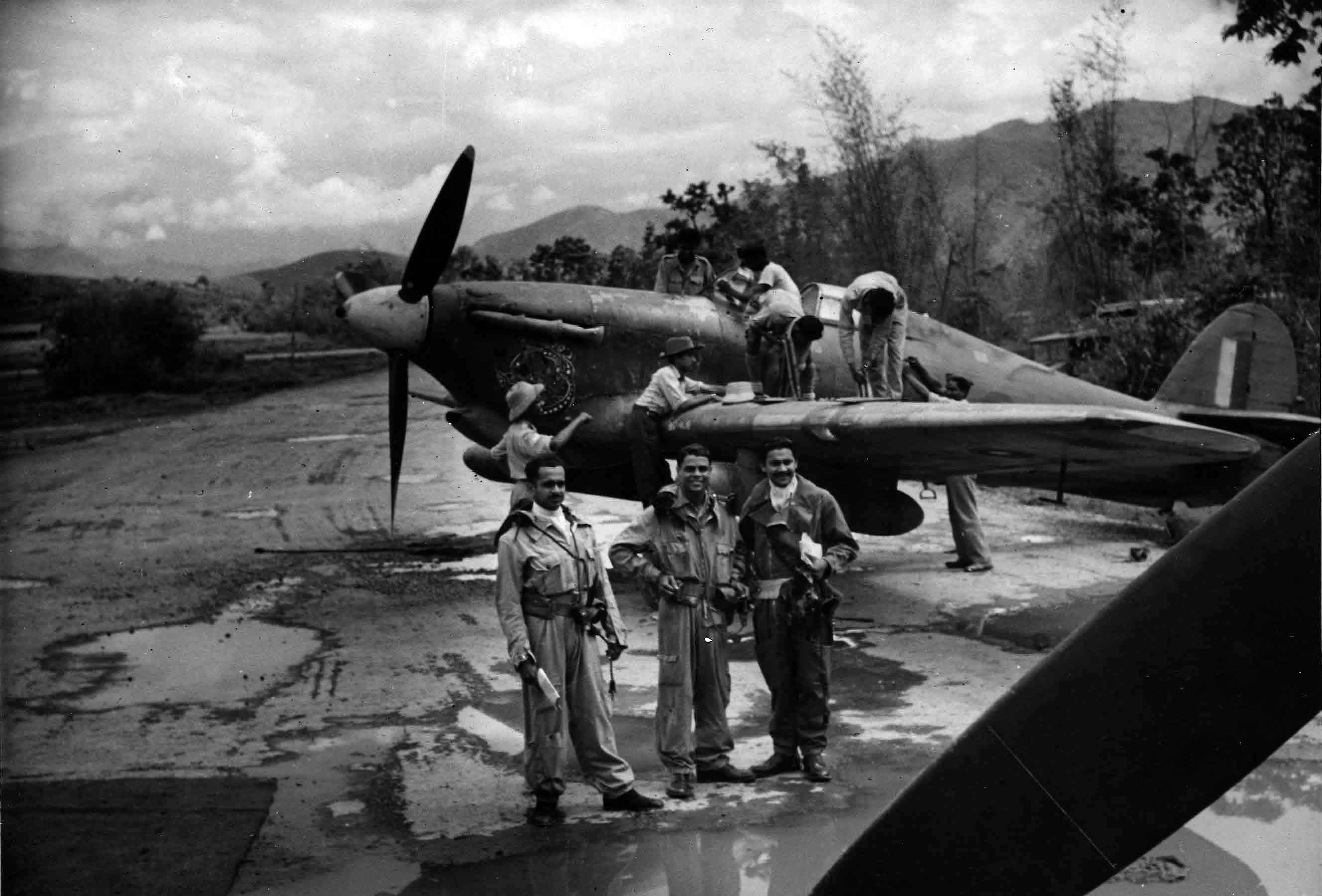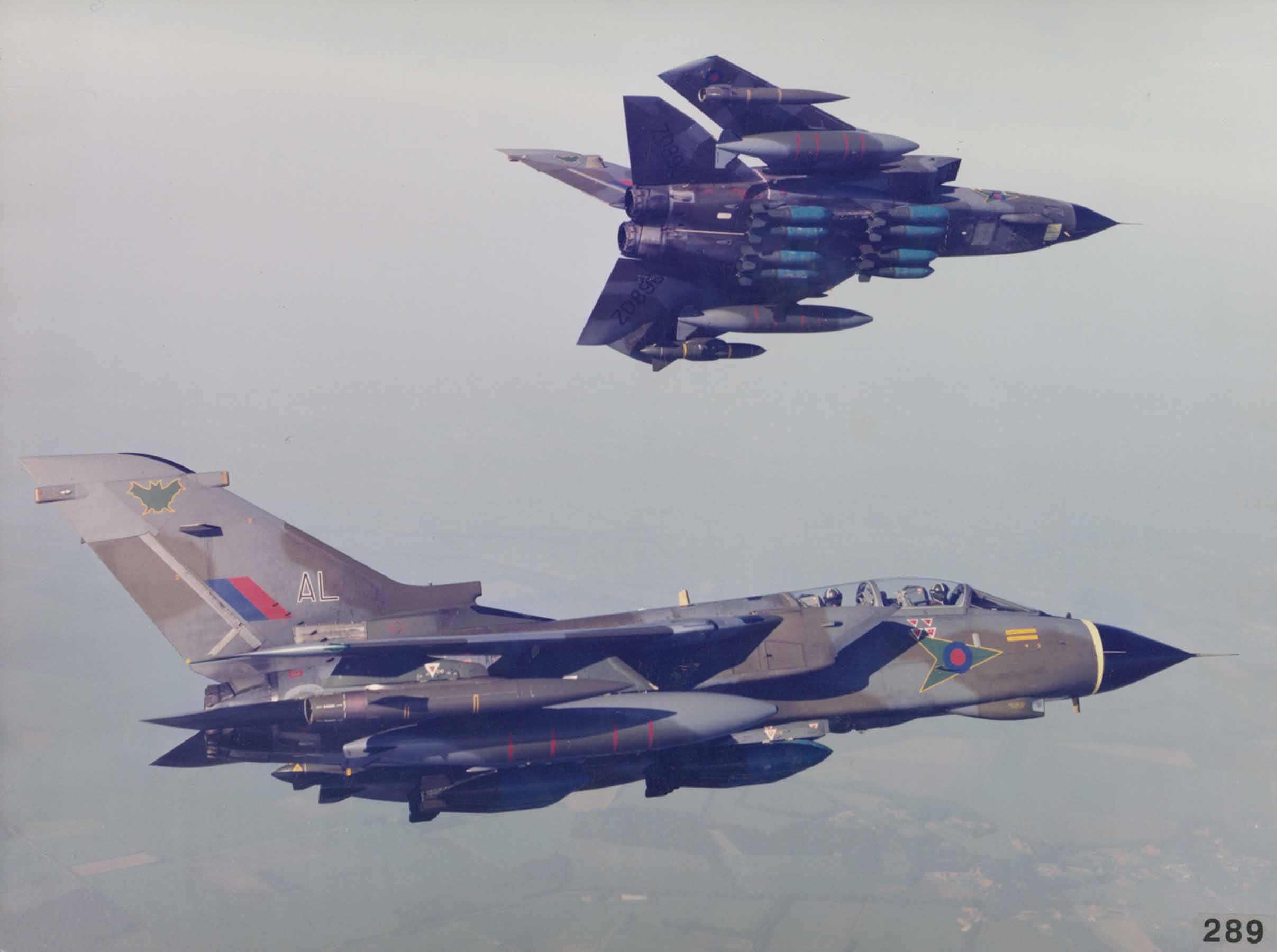

Academics, military enthusiasts and interested members of the public are being invited to attend two FREE forthcoming lectures this month focusing on two very different RAF subjects. The lectures form part of the 2017 series of lectures from the Royal Air Force Museum’s Research Program and will explore the expansion of the Royal Indian Air Force during the Second World War and the RAF strategic thinking during the latter Cold War years.
‘The Expansion of the Royal Indian Air Force in World War II, 1939-46’
Date: 8 June 2017
Time: 6.30pm
Cost: FREE
Location: University of Wolverhampton, MC001, Millennium City Building, Wolverhampton Campus
The first of two lectures is being held on Thursday 8 June at the University of Wolverhampton and is a continuation of the joint partnership between the University’s Department of War Studies and the Royal Air Force Museum. This evening lecture commencing at 6.30pm will examine how the establishment of the Indian Air Force (IAF) in 1933 was a consequence of the colonial Government of India’s policy of handing Indians token military control to forestall popular calls for greater Indian control of the Indian armed forces. The lecture entitled ‘The Expansion of the Royal Indian Air Force in World War II, 1939-46’ will be presented by Aashique Iqbal, a DPhil candidate in History at the University of Oxford.
In this lecture, Aashique will explore how the outbreak of the Second World War led to the reversal of earlier policies and saw the tenfold expansion of the IAF. Though the Indian Air Force would go on to perform well in the war, earning the prefix ‘Royal’ in 1945, the suddenness of wartime expansion had severe consequences. Plagued by a shortage of equipment and personnel the RIAF struggled to expand. Though equipment shortages were eventually overcome by Allied wartime production, personnel shortages remained a problem throughout the war. The RIAF responded to these in a variety of ways including drawing on foreign personnel, lowering recruitment requirements, increasing pay and embarking on the largest recruitment propaganda program launched by any wing of the Indian military during the Second World War.
The rushed expansion of the RIAF would have two key consequences. First, it would result in the RIAF strikes of 1946. Coming on the heels of the RAF strikes, the Indian National Army trials and the Royal Indian Navy mutiny, the strikes had a destabilizing effect on British military control in the subcontinent. More critically it revealed the divide between Indian officers and ranks that had emerged during the war. Further, the process of ‘Indianisation’ or the replacement of foreign personnel with Indians remained incomplete as it became increasingly difficult for the RIAF to tap India’s limited pool of educated labor. This would have significant consequences, not the least of which was independent India’s reliance on British personnel to command the RIAF long after the achievement of formal independence.
‘RAF Strategic Thinking and Doctrinal Vacuum, 1970-1989’

Date: 16 June 2017
Time: 12.30pm
Cost: FREE
Location: RAF Museum Cosford, National Cold War Exhibition Lecture Theatre
On Friday 16 June, Dr Viktoriya Fedorchak, a graduate of the University of Hull (PhD) will be presenting the second 2017 Cold War lunchtime lecture, being held in the lecture theater at the RAF Museum Cosford at 12.30pm. Entitled ‘RAF Strategic Thinking and Doctrinal Vacuum, 1970-1989’ Dr Viktoriya Fedorchak will look at the development of RAF air power thinking in the late Cold War period.
The Royal Air Force has a long history of using doctrine in its practice. The first RAF doctrine Confidential Document (CD) 22: Operations Manual, Royal Air Force was published in July 1922. This document introduced the concept of strategic bombing and key principles of cooperation with the Army and the Navy. The Air Power (AP) 1300 series followed. The first edition of AP1300 was published in July 1928, followed by a further three editions (1940, 1950, and 1957). However, after 1957, AP1300 was reissued a few times without any substantial changes, thus paving the way to stagnation of strategic thinking and doctrinal vacuum.
Within this lecture, Dr Viktoriya Fedorchak will examine how until 1971, the service was not only without a conceptual framework but also lacked creative and strategic thinking on air power. For the service to get a second life, it required stimulation of intellectual thinking on air power. The starting point was 1977 when the position of the Director of Defence Studies (DDefS) for the RAF was established by the Chief of the Air Staff, Air Chief Marshal Sir Neil Cameron. The role of this post was ‘to be responsible for reviving and maintaining an interest in the study of present and future uses of air power in its various military applications.’
The first DDefS was then Group Captain Tony Mason. The primary aim of this talk is to look at the reasons why strategic thinking declined in the 1960s, and why the RAF had to establish the position of the DDefS. A connection is made between strategic thinking, the significance of a conceptual component for organizational development and the future of the service. In this talk, institutional skepticism of formalized conceptual framework in the studied time frame is also addressed.
Dr Ross Mahoney, RAF Museum Aviation Historian said: “In June, as part of the RAF Museum’s Research Program, we have two fascinating talks looking at different aspects of the RAF’s history. Aashique Iqbal’s talk on the Royal Indian Air Force offers an examination of a much forgotten organisation in British imperial history while Viktoriya Fedorchak’s lecture will highlight some of the challenges faced by the RAF in the late-Cold War period concerning how it thought about the employment of air power. Both talks will be insightful and through our Research Program, the RAF Museum is pleased to give a platform for emerging and early career scholars to disseminate their research to a wider public audience.”
As spaces are limited to both lectures, organizers advise visitors to book their FREE tickets in advance via the Museum’s website to avoid disappointment www.rafmuseum.org/cosford. Additional information about both lectures and the Museum’s Research Program is also available online.



Be the first to comment
Graphic Design, Branding and Aviation Art